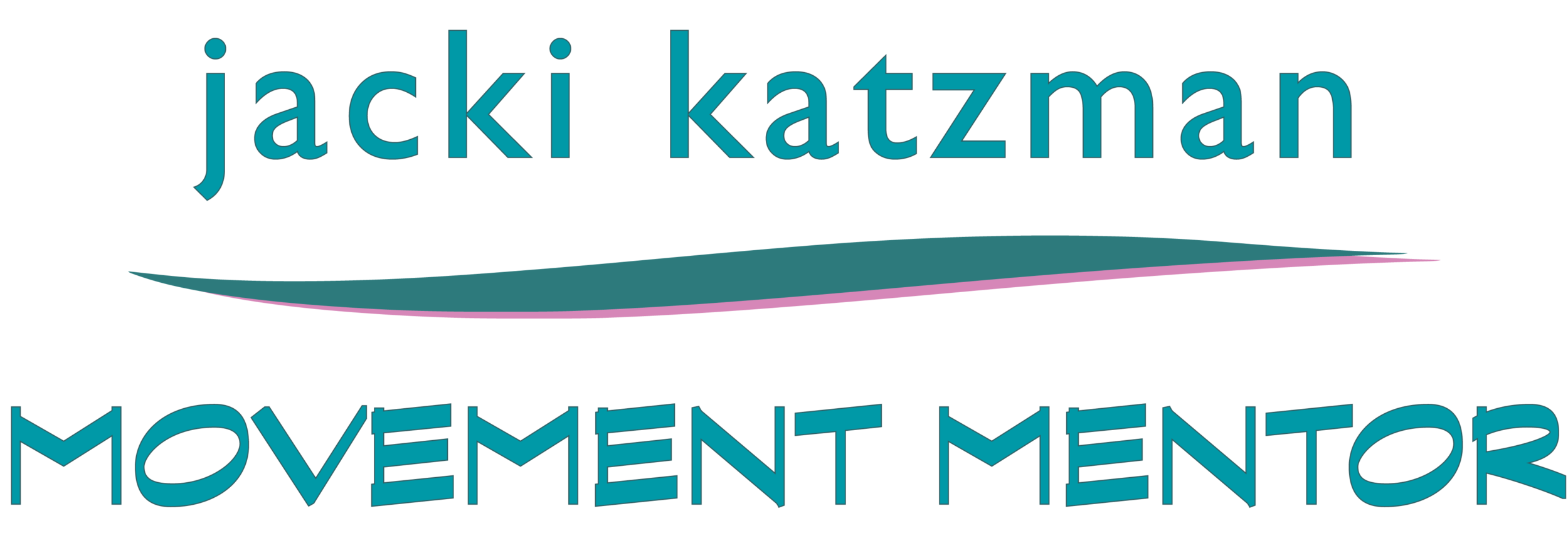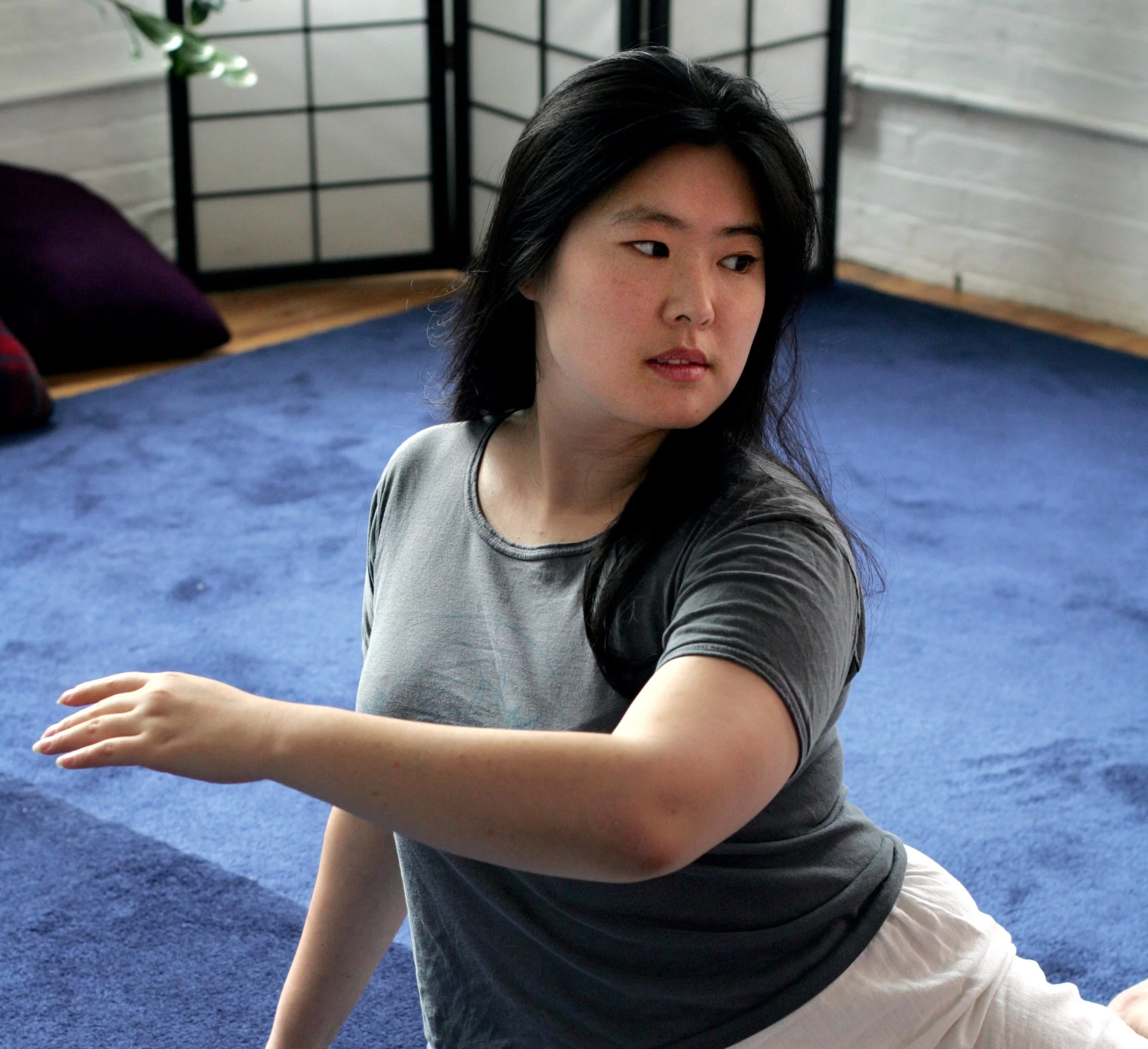Huberman Lab - The Science of Choosing The Right Meditation Form - For This Moment
Andrew Huberman on How Meditation Works & Science-Based Effective Meditations
Sense where you are at and where you want to be
Focus your meditation - or ATM - accordingly
It’s all about coming back - the return is what we are training
In this episode, Dr. Andrew Huberman turns his science-based approach to choosing the best form of meditation for this moment. If your mind is churning, he advises turning your meditation outward for balance, as in moving meditation practices. If you are checked out, going inward will flip the switch back to center. Experienced meditators aren’t those who never waver, but those who are best at returning to center.
Here are a few Podcast Note excerpts that might inform your approach to meditation - in the moment:
Three main considerations of meditation practice:
(1) exteroceptive (external stimuli) versus interoceptive (the perception of sensations from inside the body) focus;
(2) breathing pattern for relaxation or alertness
(3) how disconnected you feel from yourself and the world around you
Choose the right meditation for the moment: test whether you are in an interoceptive or exteroceptive state; then, choose the meditation that allows you to go against the grain of your natural state to train your body, brain, and increased neural plasticity for trait changes. You can dial up or down particular areas of the brain with different meditation practices.
General rule of breathwork: if inhales are longer than exhales, you will shift into more alert state; if you focus on longer, more vigorous exhales you will relax
Meditation practice involves generally stopping and closing your eyes which majorly shifts your body – exteroception (external stimuli) is turned off and we turn focus to the level of the skin and inside the body (interoception)
Sensing yourself for your current preference - inward or outward - is the base for choosing a meditation style. Huberman suggests going against what’s easy. If you are all knotted up inside, break that pattern with movement. If you are disconnected from your body, go inward. How you breathe can change your state as well - slow exhale to slow down, long inhale to stimulate. All this can apply to how you approach an ATM
ATM combines interoception (feeling inward) and exteroception (dealing with gravity) - students learn to come to a balance that is also a benefit of meditation
The “third eye” is the prefrontal cortex, not the pineal gland as once thought. The prefrontal cortex can control bodily senses and interpret emotions and bodily signals. You can consciously engage and disengage the left prefrontal cortex to change your state.
A wandering mind is an unhappy mind: what people are thinking at any given moment is a better predictor of happiness than what people are doing – being fully engaged in what you’re doing is the strongest predictor of happiness
Meditation practices lead to long-term trait changes and neuroplasticity, including changing your default mood, reducing baseline anxiety/depression, increasing your ability to focus, enhancing relaxation, improving sleep, and increasing your overall happiness level.
Meditation tip: instead of dwelling on your ability to remain focused, think about your ability to refocus – that’s where the training and magic happens
Ultimately, Huberman suggests that the real benefit of meditation is to train ourselves to come to the balance of intero and exteroception. To learn to continually refocus and to be present.
Moshe Feldenkrais observed that we are all very good at “coming back home.” His ATMs are constructed to lure us away from the comfortable and usual by offering novel movements, variations, changing how we initiate changes, challenging patterns. ATMs combine the both interoceptive and exteroceptive challenges to guide students to balance. Lessons may take us into trance states, but afterwards, we are usually more alert and ready to face life from a refreshed and deeper center; to come back to our center from wherever we have been.



